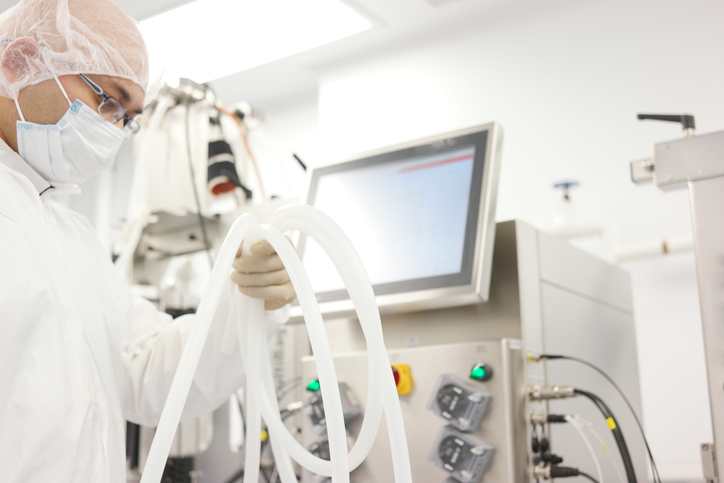By Gail Dutton
Although water’s shear viscosity is important in accurate molecular dynamics modeling, the results from two popular water models differ from those of actual experiments by as much as 20%. In a recent paper, Tadashi Ando, PhD, associate professor at Tokyo University of Science, compared shear viscosity predictions for the four-point Optimal Point Charge (OPC) and three-point OPC (OPC3) models with results from physical experiments. Temperatures ranged from 273°K to 373°K.
Water viscosity for the OPC and OPC3 water models has not been reported in the literature previously. Yet, they are important when evaluating molecules’ self-diffusion coefficients in an infinite system in comparison to molecular dynamic simulations.
Detailing the results in The Journal of Chemical Physics, Ando reported the OPC and OPC3 models were accurate for temperatures above 310°K. Below that, they “systematically underestimated the shear viscosity.” At temperatures of 273°K and 298°K, the calculated viscosities were, respectively, 20% and 10% lower than the experimental values.
Significantly more accurate
Overall, Ando found OPC and OPC3 were significantly more accurate than other popular water models, such as Transferable Intermolecular Potential three-point (TIP3P) or extended Simple Point Charge (SPC/E) models. Other water models—specifically the TIP4P/2005, TIP4P-FB, and TIP3P-FB—predicted shear viscosity more accurately at temperatures below 293°K.
Knowing viscosity differences between models and the actual experiments is important, Ando tells GEN. “Most drugs and biological molecules, such as proteins, DNA, and polysaccharides, exist in an aqueous environment. The presence of water molecules around these molecules significantly affects their dynamics and interactions. Therefore, developing more accurate water models and their quality assessments are also important for successful biomolecular simulations and in silico drug design.”
The OPC and OPC3 water models are “among the best nonpolarizable water models, accounting for the various static and dynamic properties of water,” he says. However, “Most biomolecular models and their force fields have been developed with older water models. Therefore, simply using the OPC/OPC3 water models with many of the existing biomolecular force fields would not yield satisfactory results.”
Improvements are available. “Recently,” Ando says “AMBER, a well-known molecular simulation software and biomolecular force fields developer, developed a protein force field whose performance is improved by using the OPC water model.” Additional biomolecular force fields are likely to be developed with OPC water models to yield more accurate biomolecular simulations.
Ando’s paper may not have a profound, immediate impact on the industry, he says. Instead, it enables deeper understanding of several of the most popular water models so biopharmaceutical manufacturers can select the most appropriate for their biomolecular simulations.


